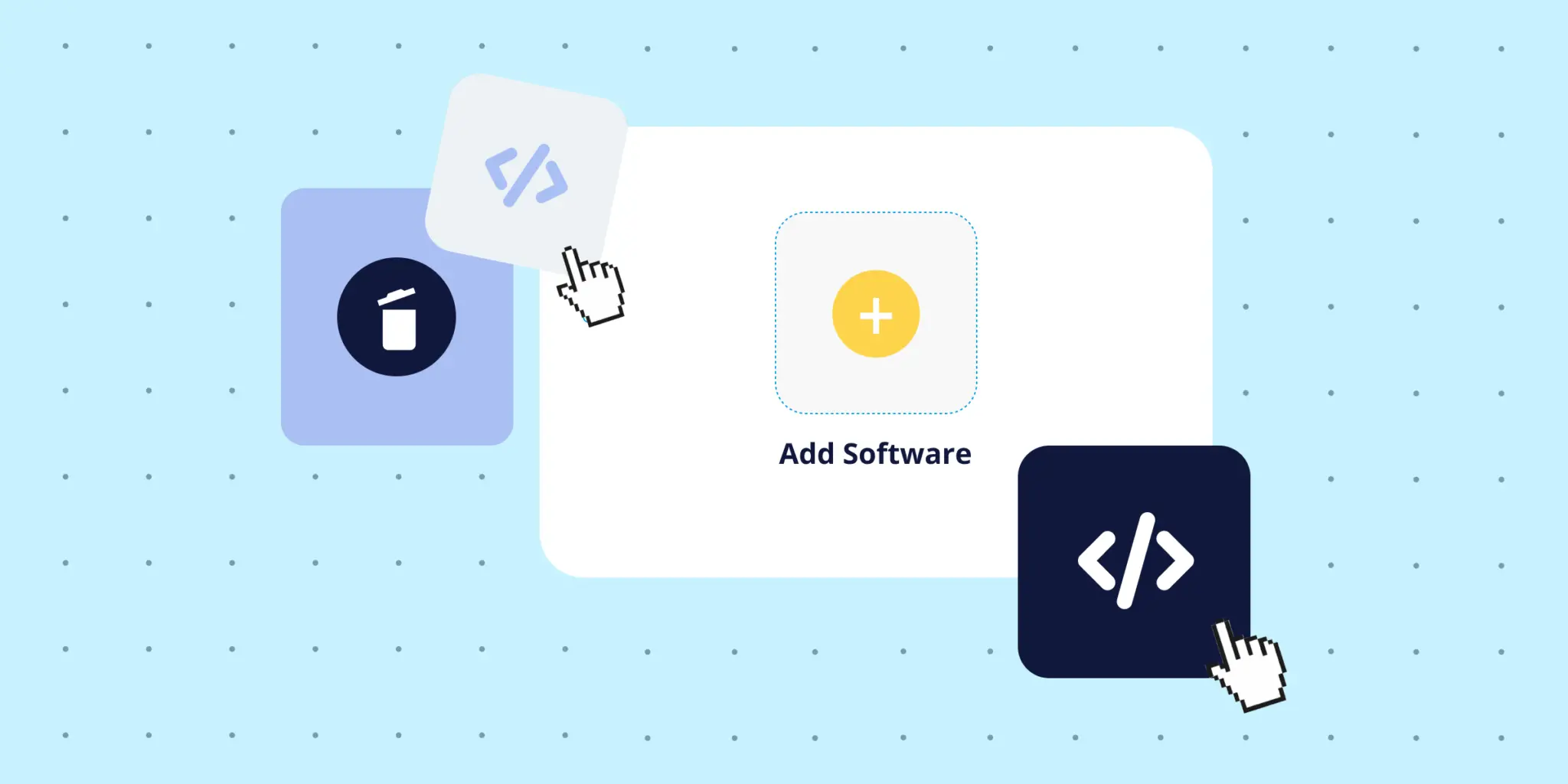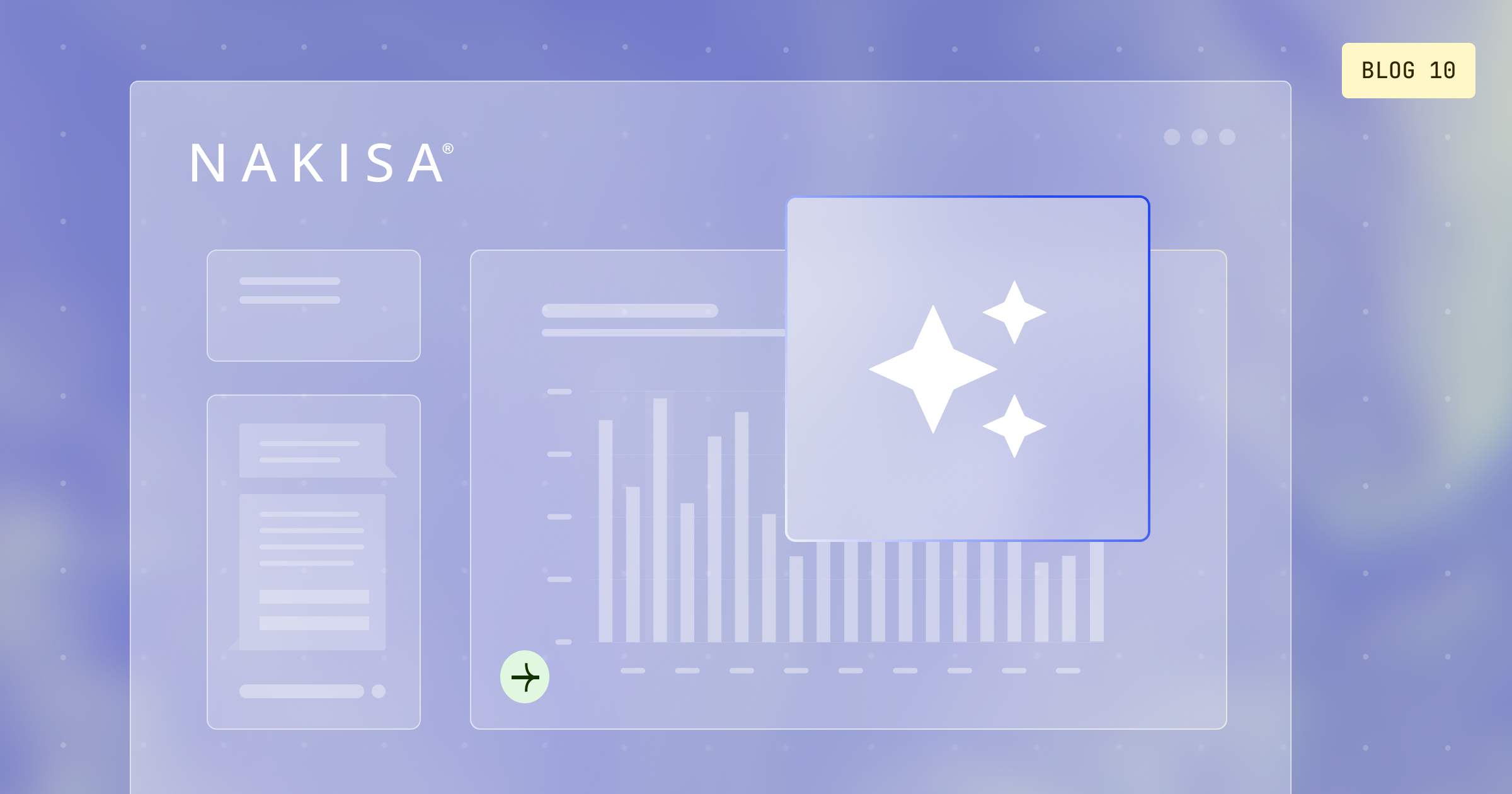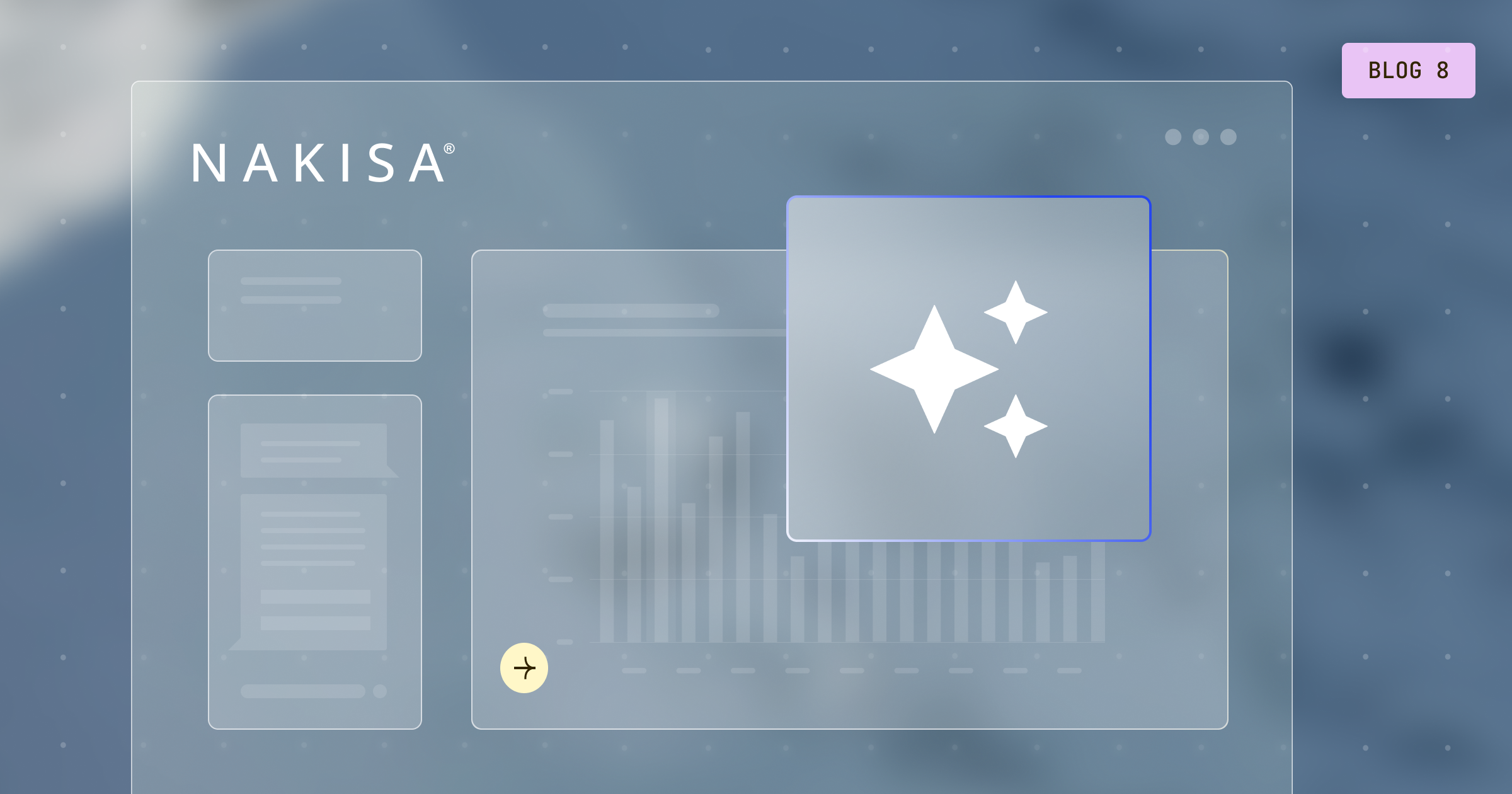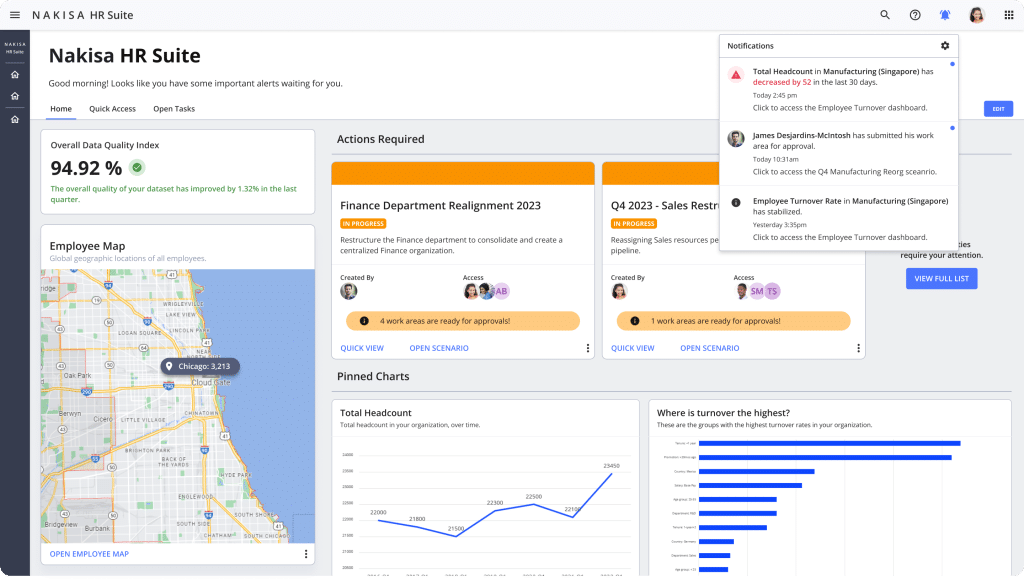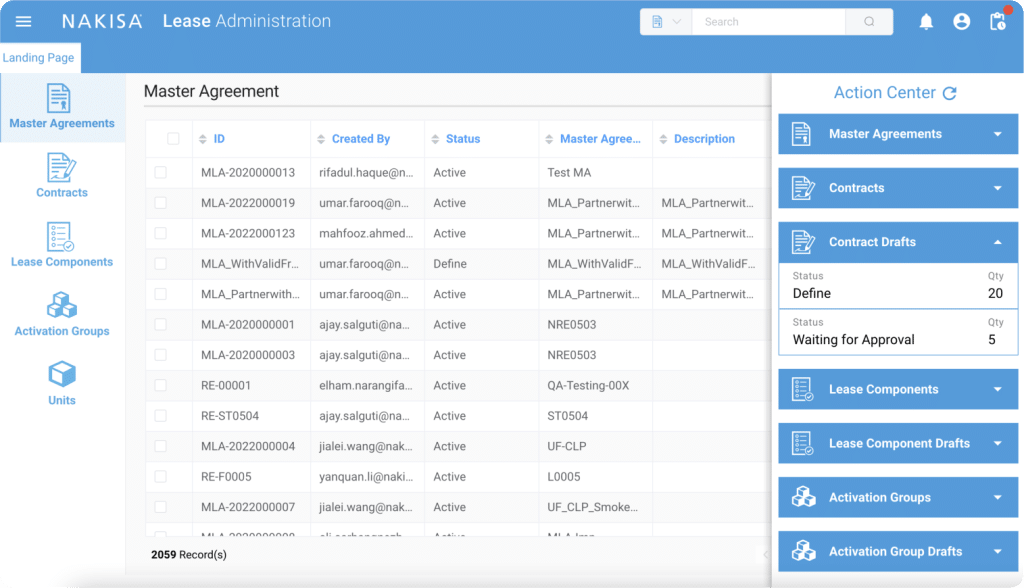1. What are the reasons you’re changing SaaS providers?
Switching your SaaS provider is a big decision, especially for large enterprises. You must have a clear and compelling reason for changing your technology stack. Before you make the switch, these are the things you can check to justify the change:
- Is the solution unable to meet your current and future needs and use cases?
- Does the solution clash with your current business model and processes?
- Will the technology you have now hinder your future processes, workflow, regulation, and compliance?
- Are you paying too much for the solution and getting a lower ROI than expected?
- Is the solution too complicated for your use case?
- Is your SaaS solution often unreliable and unavailable (not meeting cloud availability SLAs)?
- Does your vendor fail to provide the support you require?
- Is your vendor slow to fix the bugs and issues in the solution?
- Do you have to use many workarounds while using the solution?
- Are there any security threats or obstacles to using or continuing to use the solution?
It’s important not to base your decision on one factor or personal preference. Involve multiple teams and use facts and data in the process to avoid any bias or misunderstanding. One way to prevent or address some of these issues is to ask your current vendor for regular reports on their performance and quality.
At Nakisa, we provide quarterly reports to show clients how well we deliver on our contractual obligations. As an enterprise client, you have the right to demand such performance metrics from your vendor so that you can monitor and evaluate their service quality and value on an ongoing basis.
Pro Tip
Having a dedicated customer success manager can ensure your satisfaction and that your expectations are met. They can connect your organization and your vendor and keep the solution up to date with your business needs. They can also assist you with any issues or challenges you encounter while using the solution.
At Nakisa, our customer success managers work closely with our clients to ensure our solution fully aligns with evolving business requirements. All escalations and challenges experienced by users are addressed promptly, which is what you should expect from any SaaS vendor.
2. Does your contract allow you to change SaaS providers?
Before switching your SaaS provider, check your current contract terms. There are two main scenarios:
- You have a termination for convenience clause, which means you can end your contract at any time without penalty or reason.
- You can only terminate your contract if your provider has failed to deliver (termination for cause) what they promised or if your contract has expired.
Those terms are in your contract document, usually under the termination clauses section. You must also know how much notice you must give your provider before canceling your subscription. Depending on your contract, this could be days, weeks, or months.
Knowing these terms will help you understand your legal rights and obligations when switching your SaaS provider. After all, you don’t want to pay for two services simultaneously or be sued by your old provider.
3. Is the software still needed by your users?
As your organization evolves, so do your processes, human resources, and technology requirements. This change can make your SaaS solution unnecessary or unused over time. That's why you should check with end users and other stakeholders whether you still need such a tool every time you renew your contract or change your business process, so you ensure your software meets people’s needs and determine how it can help them be more productive.
Another thing to consider is consolidation. As SaaS products become more similar and compete for the same market, many vendors attempt to enter areas where other competitors are already active. Some vendors offer the same features or services as others. This situation creates an excellent opportunity for your IT department leaders to assess if you can streamline your current technology stack and reduce costs using a single SaaS solution for multiple use cases.
Pro Tip
To optimize your current software usage, have quarterly or bi-annual user license reviews with your current vendors. At Nakisa, we provide quarterly reports to our clients on user accounts and usage. These reports ensure clients aren’t paying for licenses the organization does not use, which helps them get a better return on their investment. As people join and leave your organization and processes are fine-tuned, you might require fewer user licenses, and such reviews can help reduce the license cost.
4. Do you have the time, budget, and approval to change your SaaS?
Changing your SaaS provider is a complex project requiring planning and resources. It needs different stakeholders' budgets, time, and support to start such a change management journey.
That’s why you must assess the financial, temporal, and strategic implications of changing your software and secure the necessary approvals from the relevant stakeholders and teams. The new software must also be configured and customized to fit the current business processes while training and empowering the users.
Pro Tip
Nakisa recommends keeping track of your contract expiry dates as part of your overall tech-stack asset management process by including them in your annual budget planning. This way, you can avoid surprises or delays when switching your SaaS provider.
5. Do you have the green light from all stakeholders to change your SaaS provider?
Ensure that all the parties involved in the change process, such as IT, legal, and procurement, are on the same page and ready to support the transition.
The legal and IT teams are usually the most involved in changing your software provider. They may be busy with strategic tasks and need more time to change the software vendor, mainly if the software needs to be categorized as a critical application for your business. Therefore, ensuring that they understand the requirements and have the approval before you start the change is crucial.
To ensure your new SaaS solution is implemented and live on time, you should get detailed information from your vendor on how long it will take to negotiate the contract, assess the security, and implement the solution with your specific configurations. Otherwise, you may have to extend your current contract with your vendor (a bridge contract) while waiting for your new solution, which is the worst thing that can happen to the overall health of your project.
What is Bridge Contract?
• An extension to an existing contract beyond the period of performance to avoid a lapse in service caused by a delay in awarding a subsequent contract, or;
• A new short-term contract awarded on a sole-source basis to avoid a lapse in service caused by a delay in awarding a subsequent contract.
Source: Legal Information Institute, Cornell Law School
6. How will you handle your data with your current SaaS provider?
Migrating to a new system is often challenging. Besides configuring the new system, you must also consider the historical data in the system you're currently using. There are three approaches to how you could handle your historical data:
- Migrate all of it to the new system;
- Run a parallel system or use reports to access historical data;
- Delete your historical data and start from scratch.
Be aware that the second and third options can affect your user experience and create complexities. Also, it’s essential to consult with your auditors and compliance departments about your historical data. Some laws, such as the Sarbanes-Oxley Act of 2002, may require you to keep specific financial and HR data for seven years. You need to discuss this with your current and future vendors to determine if they have any migration frameworks to help you transition smoothly and securely.
We at Nakisa understand the importance of historical data and are committed to helping our prospective clients import their historical data into our system. This way, we ensure a seamless user experience and compliance with global standards.
7. Which new SaaS provider will you choose, and how much will it cost you?
To select, sign up, implement, maintain, and monitor your new SaaS provider, you must plan and estimate the total ownership costs, including license fees and other expenses like implementation, maintenance, hypercare, and more.
When you decide to change your SaaS provider, one of the most important steps is to explore and understand the current state of the market. By evaluating the options out there, you'll ensure the solution you choose aligns with your overall strategy and suits your needs in the best way possible in terms of capabilities, cost, and the amount of resources needed to maintain it.
You must also be fully aware of the various pricing models in the SaaS world. Are you going to pay a per-user license or per-usage? Are there any hidden costs, or, in other words, is the price you see the price you'll pay? Is there any one-time implementation fee or fees for potential changes, requests, and customizations you'll need in your solution's lifecycle? Finally, does it all fit your budget?
Note: When buying a solution, verify with the vendor that the subscription includes 24/7 support and (preferably) continuous upgrades, patching, disaster recovery, and backup services. The allocated storage and the cost of extra storage should also be checked.
8. Should you buy or build a solution for your core functionality?
Evaluate if buying a ready-made solution is your best option or if building your own software is more feasible and beneficial, especially if it’s a core functionality of your business.
With the increasing number of SaaS providers and the variety of business solutions they offer, you might wonder if you can build your tools and technology. We only recommend this if the technology is a core functionality of your organization, and it helps your bottom line. Building your software and tools requires a long-term commitment to investing in technology and people to develop, maintain, and support them.
We’ve seen many organizations embark on the build approach, even though the tool or the software they plan to build is not part of their core functionality. They lacked the necessary skills to deliver and maintain it for a long time.
As SaaS solutions become more affordable, the build option and the business case around it become more challenging. Therefore, business leaders must consider their priorities and where to allocate their resources. Technology experts are expensive, and not spending on them for internal development may benefit the organization in the long run.
A change framework to avoid wasted time and money
Software and technology can help solve everyday challenges. However, choosing the right solution can take time and effort, as SaaS organizations offer many options to attract a large customer base. IT and business leaders should regularly review their current technology portfolio and look for other options if the SaaS vendor needs to meet their needs.
Changing the SaaS solution without planning can create problems, stress, and extra work for large organizations. So, you must confirm the need, budget, time, and team alignment before changing solutions. A framework for this change can ensure a successful outcome.
In the following article, we’ll discuss some of the most common reasons why large enterprises change their current SaaS software and how B2B SaaS companies can prevent client churn.
Considering a change from your lease accounting, real estate, or workforce planning SaaS provider? Check out all the cloud-native features of the Nakisa Finance Suite and HR Suite, trusted by Fortune 1000.

